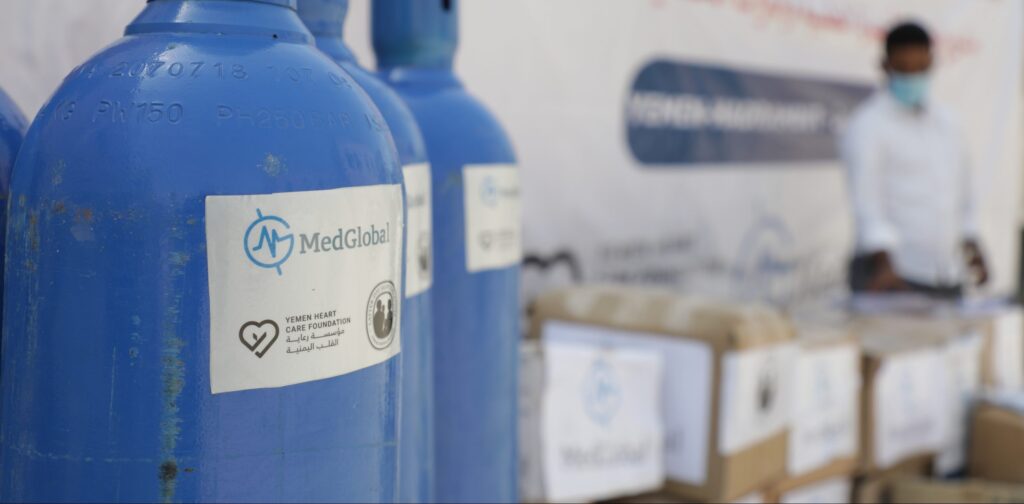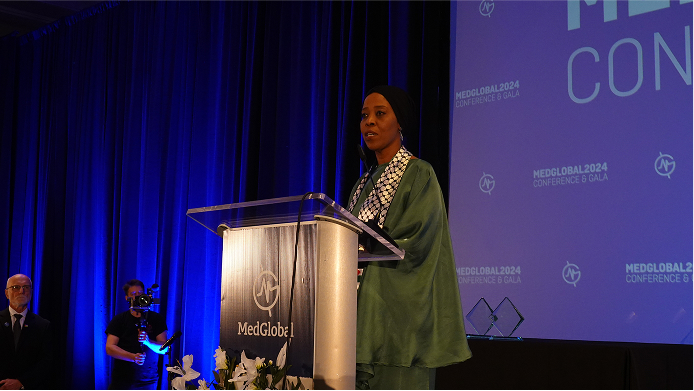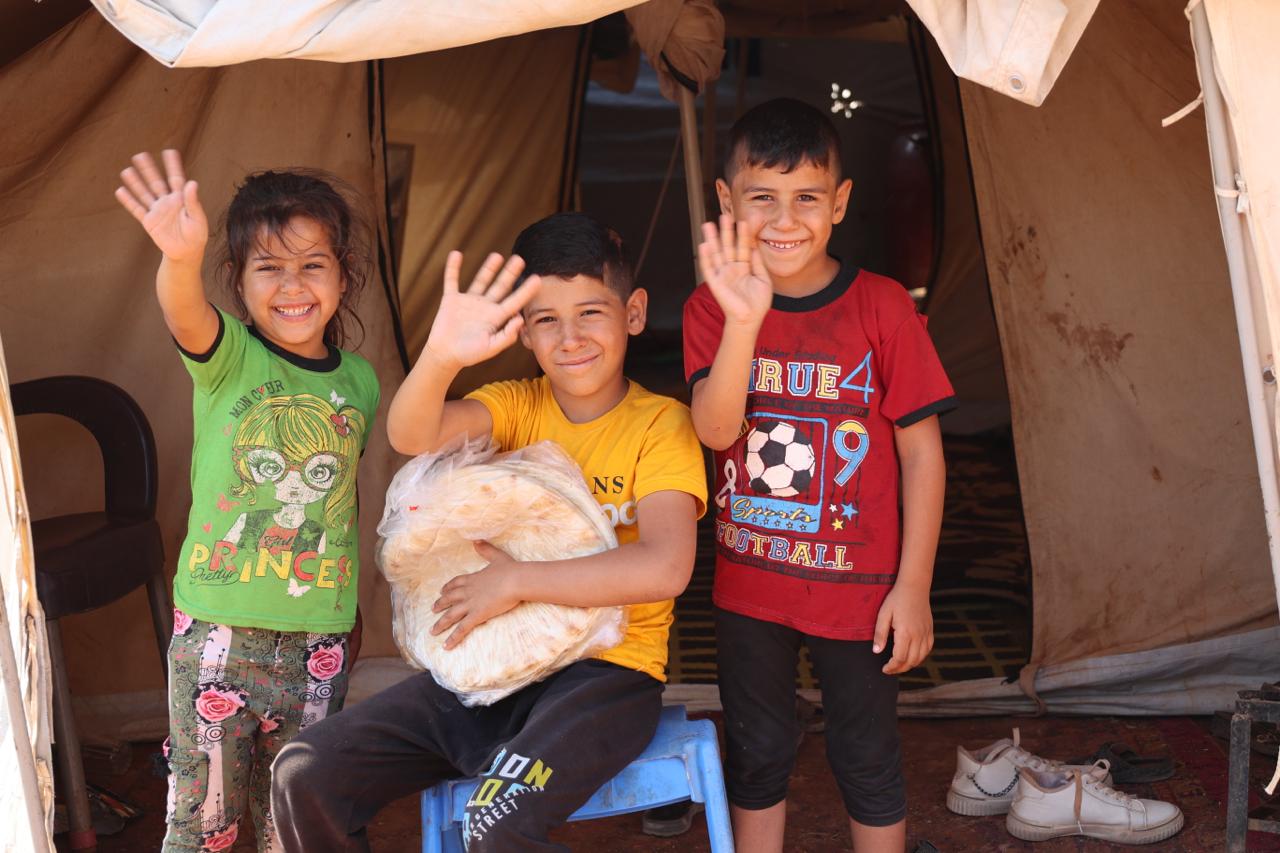Updates & Press
Featured | April 5, 2021
Yemen: Medical Oxygen Crisis Amid COVID-19 Second
Author | MedGlobalComms

Since late February, there has been a sharp increase in COVID-19 cases in Yemen. As of April 4, there have been 4,701 confirmed cases in Yemen – though this is undoubtedly a drastic underestimate of the real number. Out of the total confirmed cases, 54% of the total have been reported in the last six weeks, since February 22. The true number of people with COVID-19 in the country is impossible to determine due to limited testing, lack of access to health care, stigma, and complete lack of documentation in northern Yemen, all significantly hindering response efforts. This steep rise in COVID-19 comes as impending famine threatens to push the humanitarian and health crises in Yemen over the edge.
With COVID-19 patients overwhelming hospitals, Yemen is now experiencing a medical oxygen crisis. On March 19, Yemen’s Health and Population Minister warned that the intensive care units of quarantine centers had reached capacity and had run out of oxygen cylinders and intensive care equipment. A health emergency has been declared in response to the second wave surge of new cases. MedGlobal’s Yemen Program Manager, Dr. Mohammed Abass, said:
“The situation is really getting worse every day with the increasing number of cases of COVID and the death rate, especially in Aden and Taiz. Fears are increasing that the second wave of the pandemic will be more severe than the first wave. There are expectations that the number of cases will rise, especially with the beginning of the month of Ramadan coming soon, when it is custom or tradition to have frequent visits. There will be an even greater need for medical oxygen.”
Only half of Yemen’s healthcare facilities are fully functional, and nearly all lack basic supplies to sufficiently treat patients. Six years of conflict, economic collapse, and the destruction of health infrastructure has left Yemen struggling to manage multiple epidemics. Acute malnutrition threatens over half of children under five in Yemen, many who are at risk of dying if they do not receive immediate treatment. At the same time, reductions in humanitarian funding have led to a roll back in humanitarian aid programs in Yemen, which included cutting oxygen shipments to health facilities. In response to growing needs, MedGlobal provided 139 oxygen cylinders to several health facilities across Yemen in 2020 and plans to scale up this work in 2021. Many of the 25 health facilities MedGlobal has supported in Yemen face enormous barriers to accessing medical supplies, and face chronic shortages of equipment, medication, and medical oxygen. Oxygen is a critical part of the emergency response to COVID-19.
Around the world, the COVID-19 pandemic has placed immense pressure on health systems. Access to medical oxygen has become a global concern as demand has spiked. Roughly one in five people suffering from COVID-19 require oxygen therapy, including more than 500,000 patients in low- and middle-income countries (LMIC). However, half of all hospitals in LMICs lack reliable access to medical oxygen.
While Yemen’s efforts to contain the spread of COVID-19 has been bolstered by the arrival of its first batch of 360,000 doses of vaccines through the COVAX program, the health system will continue to struggle to manage the crisis. The 1.9 million doses that Yemen expects to receive by the end of 2021 are a fraction of what it needs to vaccinate its population of 30 million. Unless support is dramatically increased for emergency and long-term phases, the broader health crises will continue to affect the population – from acute malnutrition to a maternal mortality crisis. Without consistent access to basic health care – such as reliable, long-term access to medical oxygen, to literally help those in need breathe – the outlook is bleak.


